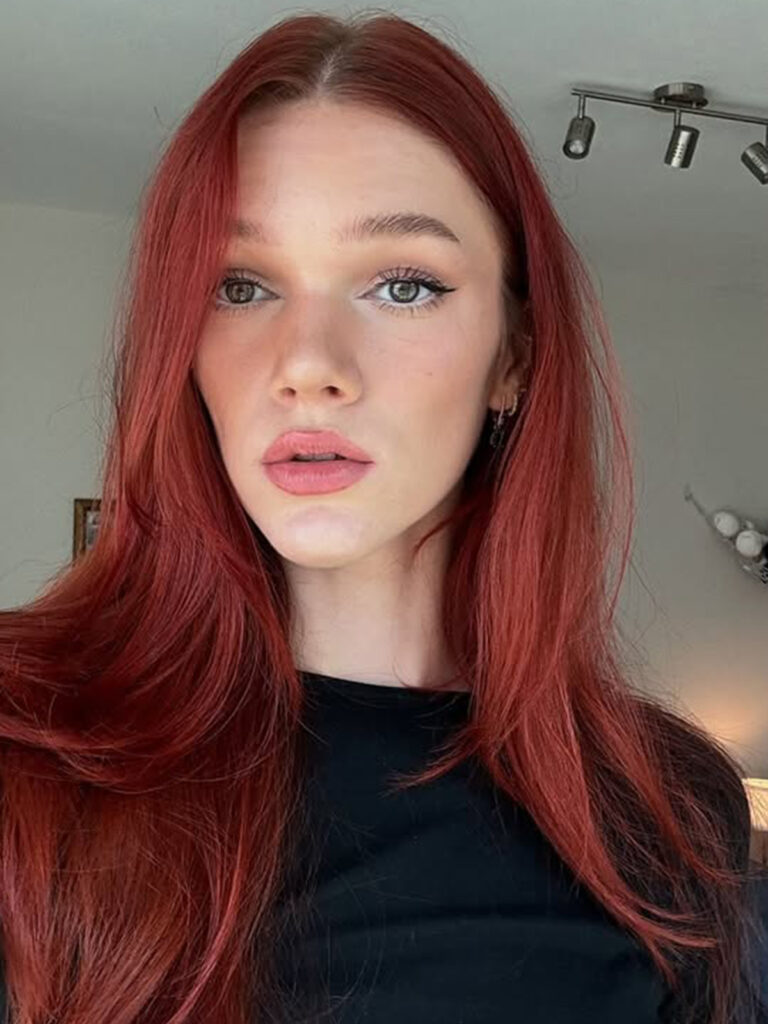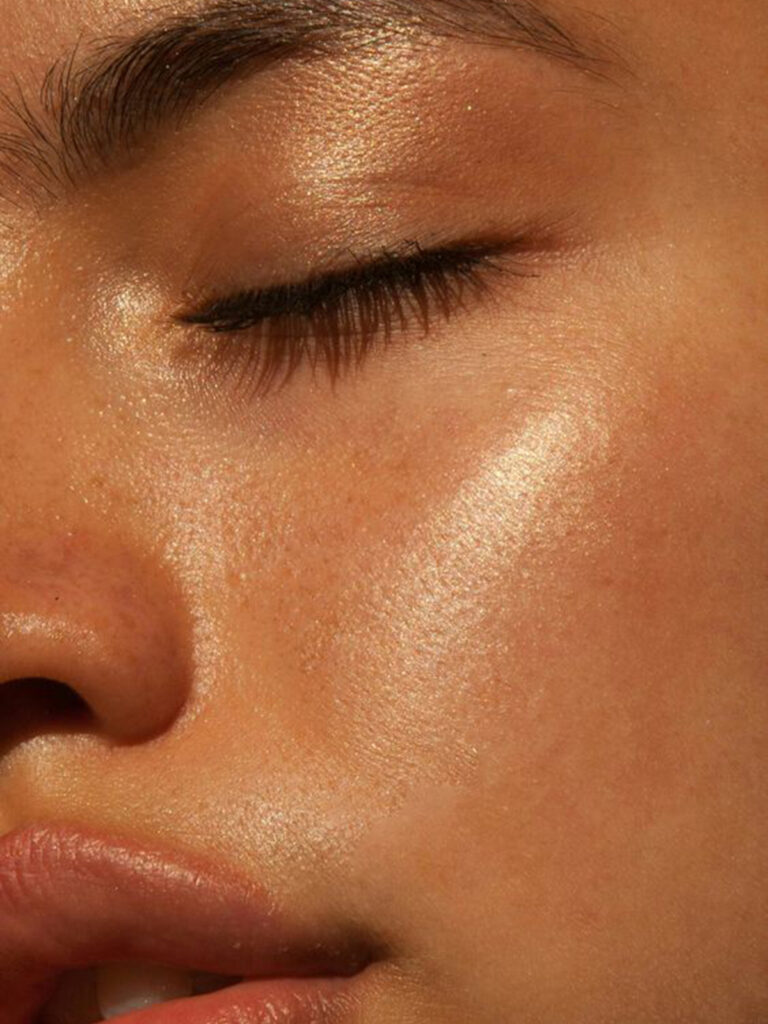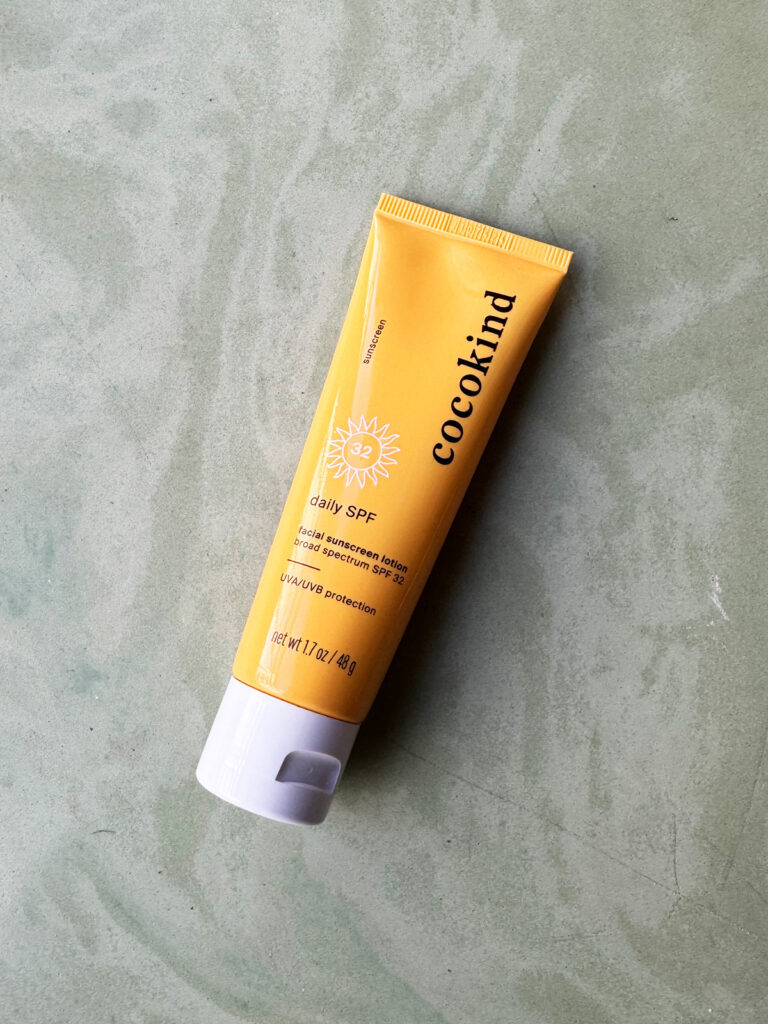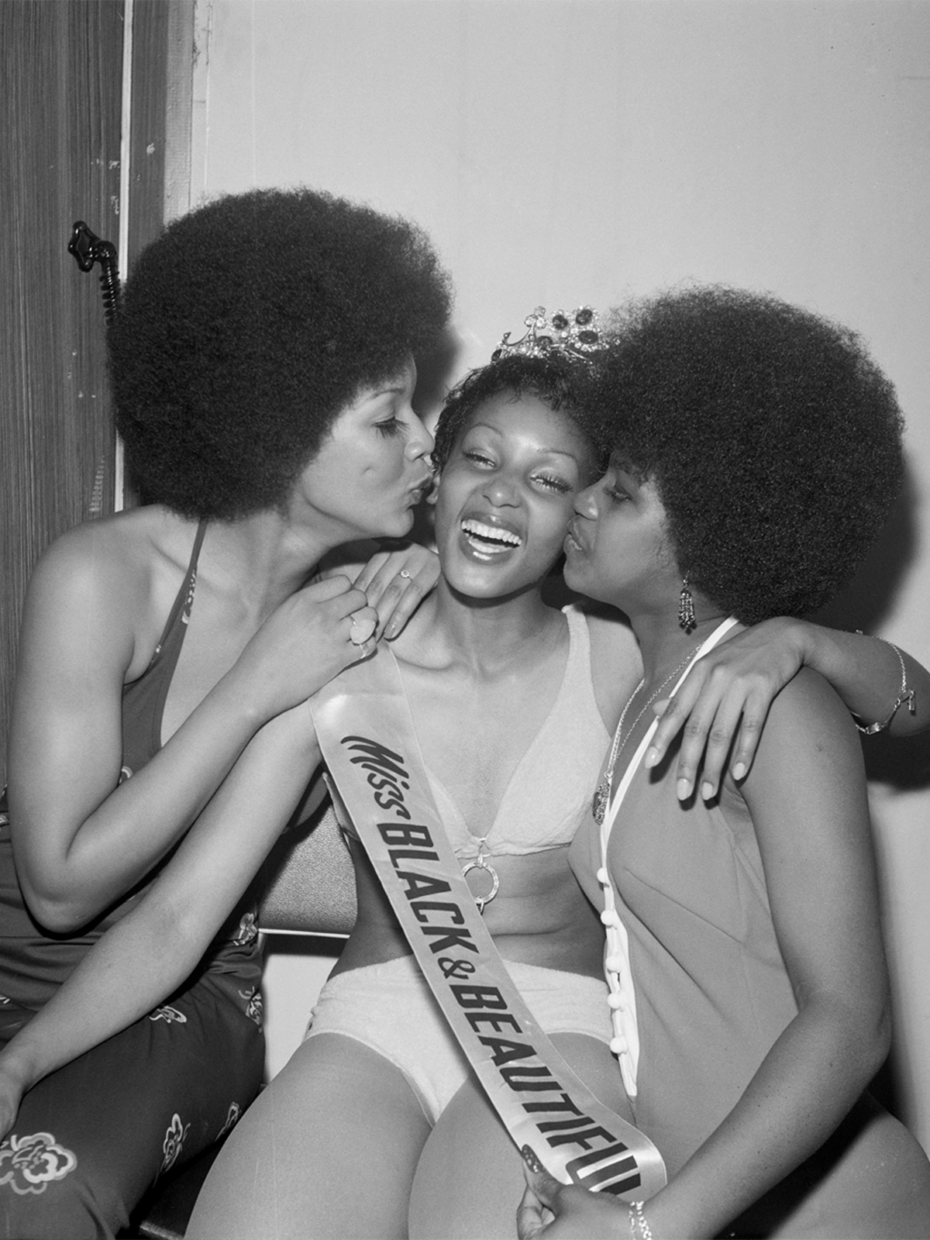
Photo: Raphael Albert
Stories
Why We Are All In Pursuit Of Beauty
The quest for beauty has been a part of the human experience for centuries, and it is deeply entwined with ever-evolving beauty standards. The Cult of Beauty exhibition in London is a critical and entertaining analysis of the universally compelling world of beauty.
Text Seda Yılmaz
Stepping into The Cult of Beauty exhibition, I was captivated by a resonant line from Naomi Wolf’s groundbreaking book The Beauty Myth, published in 1990: “Ideal beauty is ideal because it does not exist.” With these words echoing, I realized that this exhibition dares to confront beauty standards head-on. The show at London’s Wellcome Collection explores the concept of beauty under three main themes: Beauty ideals, the industry of beauty, and subverting beauty. It features over 200 objects and artworks, visiting the history of perceptions of beauty while using a critical lens to examine its political, social, and cultural aspects. Just after Wolf’s words, the legendary beauty of Ancient Egypt, Nefertiti, caught my eyes through her bust. Her kohled eyes and brows reveal that beautification practices are as old as humanity. Cosmetic palettes in the exhibition dating back to Neolithic times are also a testament to the enduring tradition of adorning oneself.
Janice Li, the creator of The Cult of Beauty, curated various materials, ranging from corsets to human-sized Barbie dolls, to emphasize that beauty is a cultural construct. The exhibition’s deliberate departure from chronological order, juxtaposing past and present, adds a layer of surprise. Picture the black icon Josephine Baker’s Bakelite cuff serving as a compact with powder and mirror, displayed next to Rihanna’s Fenty Beauty with its 59 foundation shades.
Beauty products are showcased alongside their perfect matches—mirrors. The exhibition prompts us to ponder this very question: In the past when people couldn’t quite catch a clear glimpse of their reflections, how were perceptions of beauty shaped? The Ancient Egyptian bronze mirror from 800-1000 BC is a fascinating object because it took centuries for mirrored glass to become mainstream; until the mid-19th century, mirrors were considered a luxury.
As I navigated through different periods and cultures, I thought about the traps of the ideals of beauty and the exhibition’s celebration of diversity. The last installation by the all-female collective, Xcessive Aesthetics, looks like the bathroom mirror of a nightclub. Like others around me, I took a selfie there while the mirrors reflected a rapid flow of TikTok videos, makeup tips, and beauty industry updates—a vibrant reminder of beauty’s diverse aspects. The moment of smiling at a stranger while applying lipstick in a nightclub bathroom is, after all, an undeniable celebration of beauty. The Cult of Beauty invites us to rediscover these instants.
The Cult of Beauty can be visited at Wellcome Collection until April 24.
wellcomecollection.org


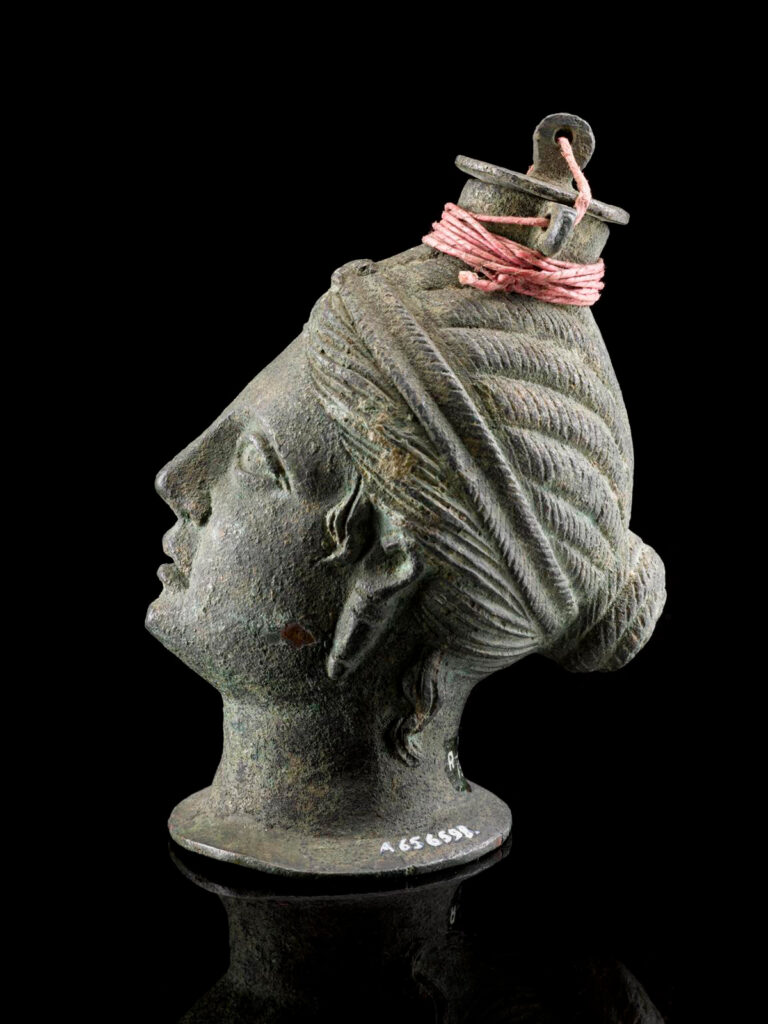
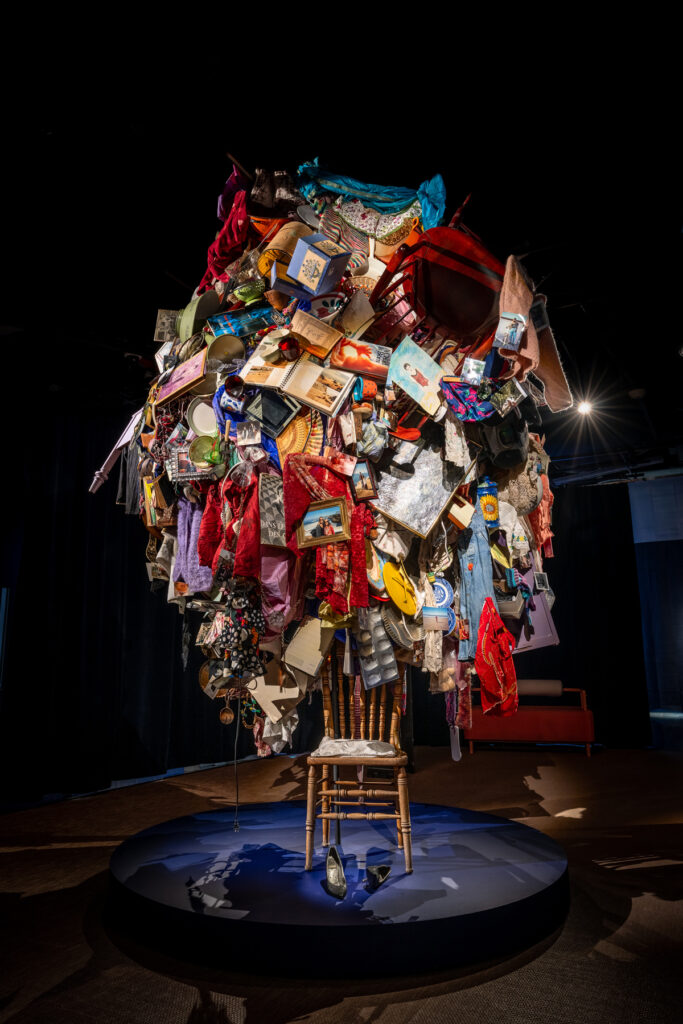
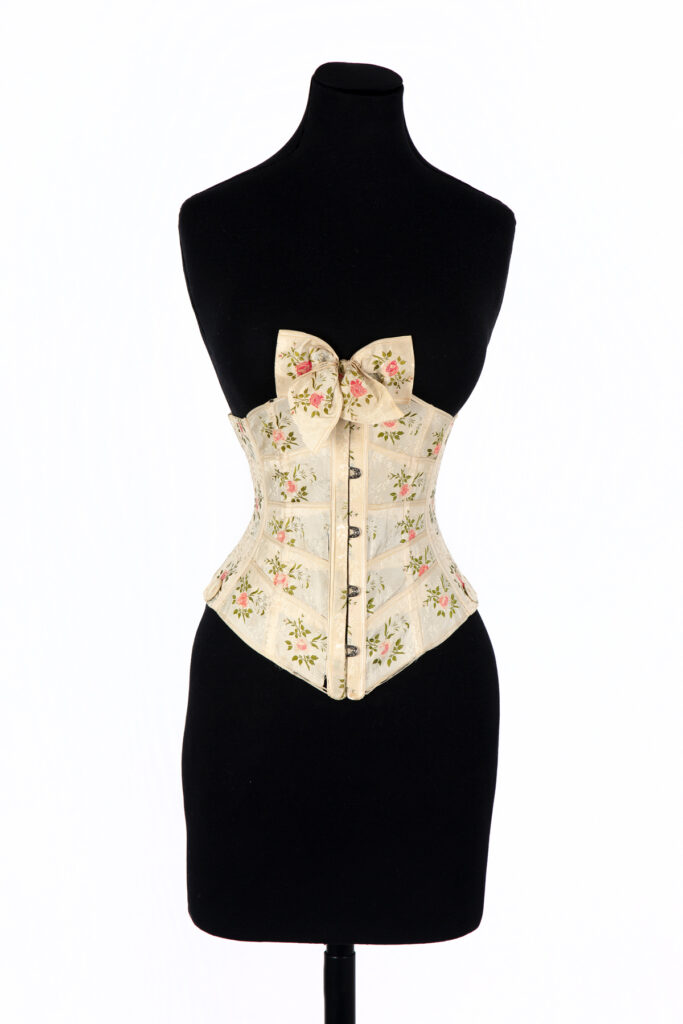
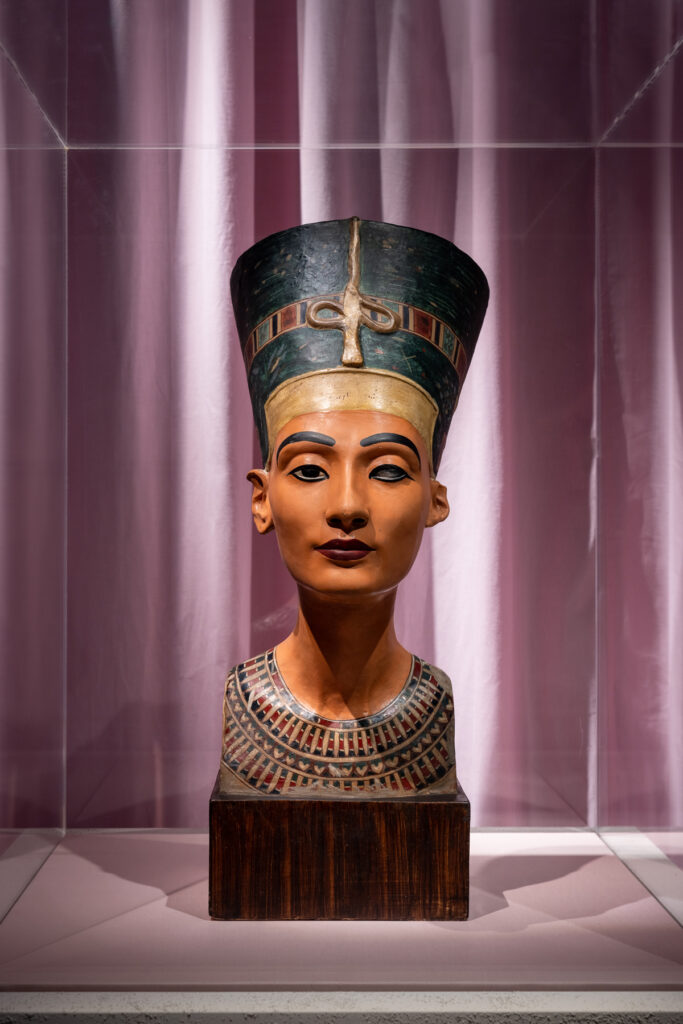
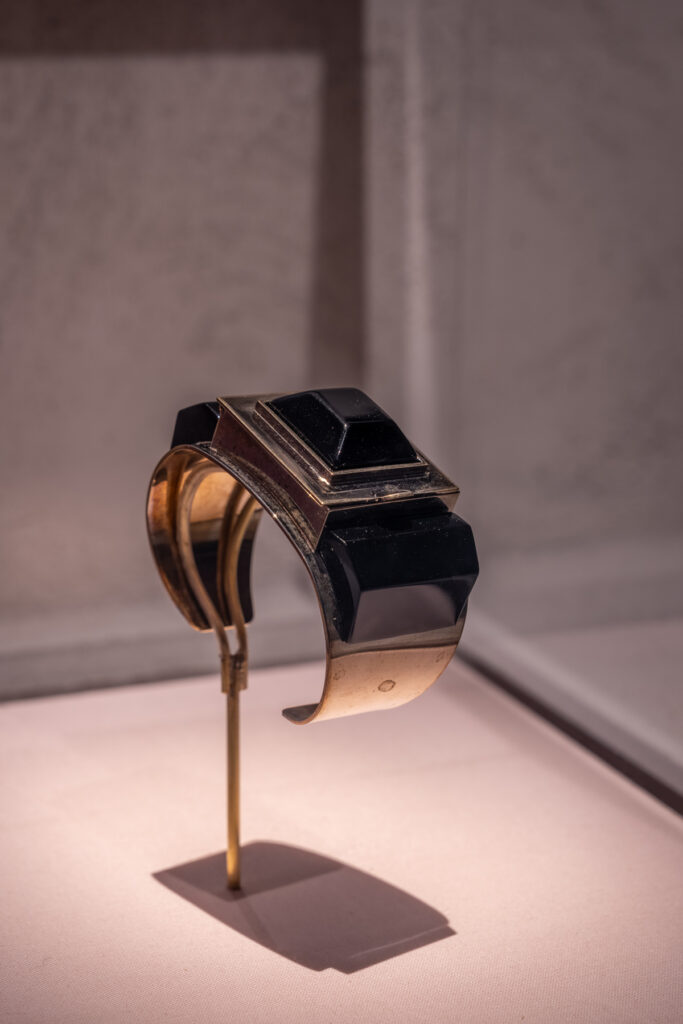
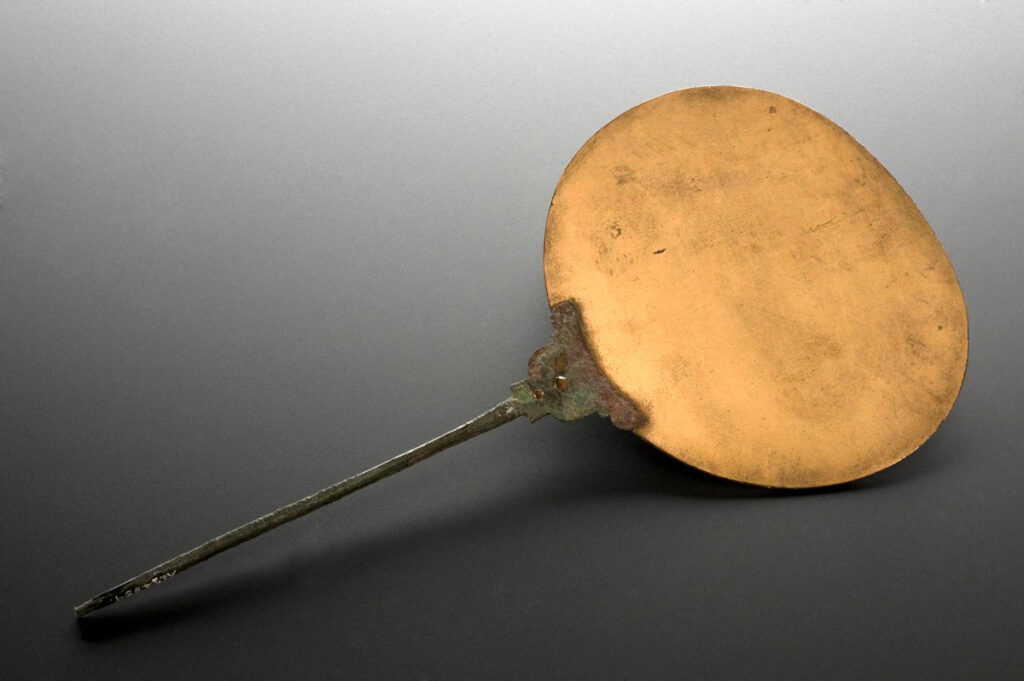
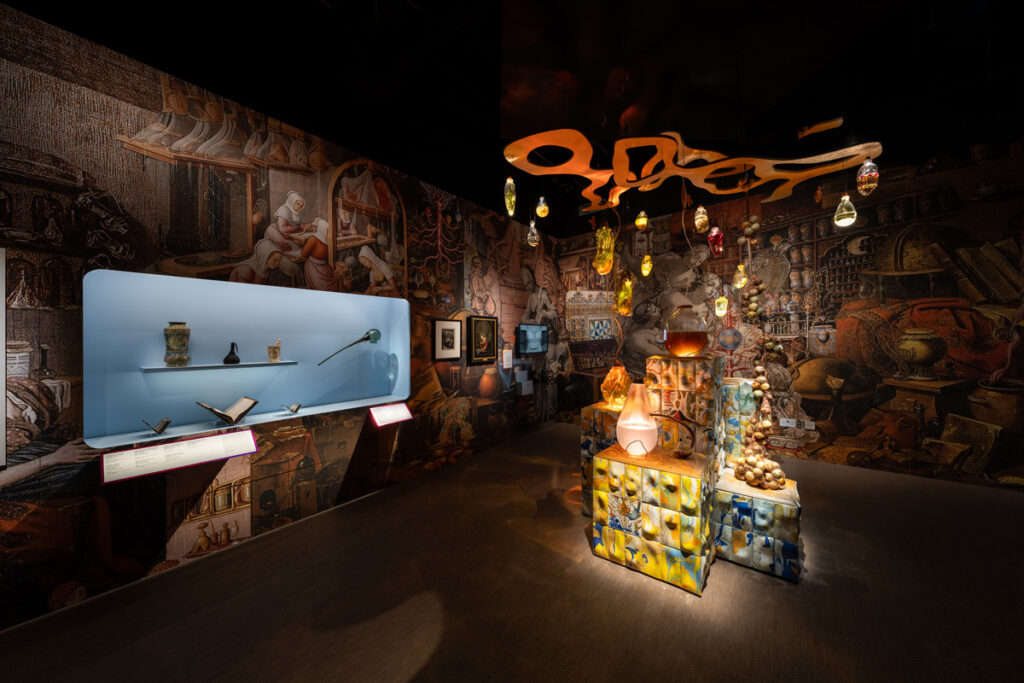
 Previous
Previous

